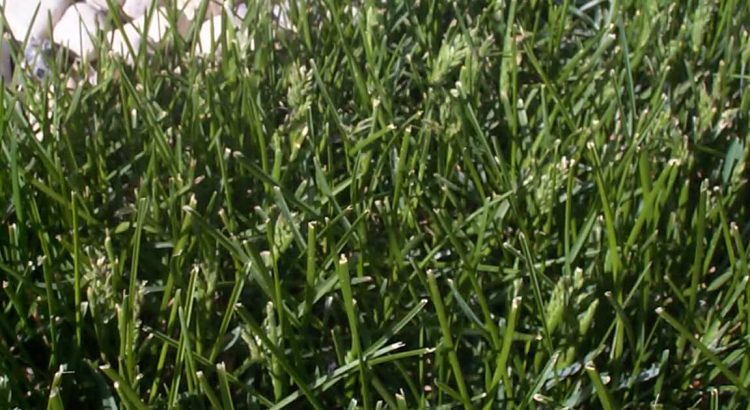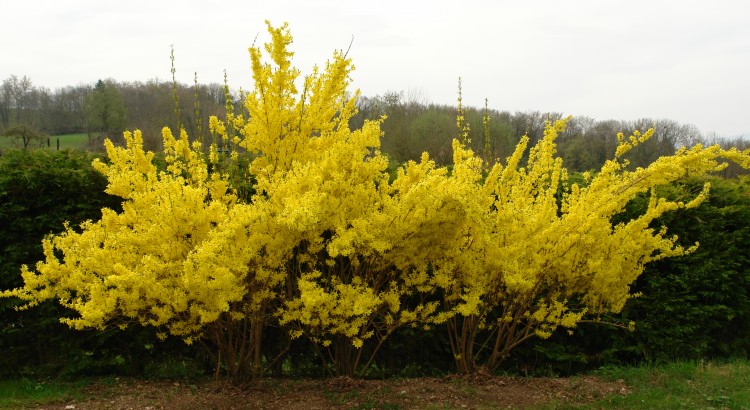A natural part of the Kentucky Bluegrass growth cycle is to produce seed heads. In nature this is how the grass spreads and ensures it’s continual survival. But in your lawn, it’s downright ugly. Here are two ways to deal with the problem
- Lower your cutting height, and keep it low, for a couple weeks while the grass is in seedhead mode. Check out this video for some tips:
- Using chemicals is also possible, but this is for the extreme lawn enthusiast or a golf course professional. It’s done by mixing Primo Maxx and Proxy.
My personal preference is just to mow it low and often. I enjoy the exercise of mowing so I don’t have a problem with it!

